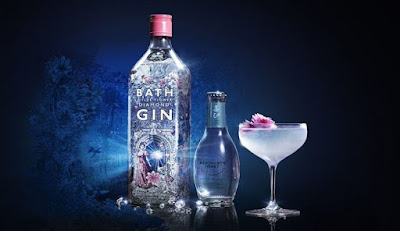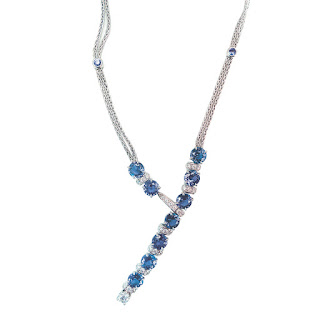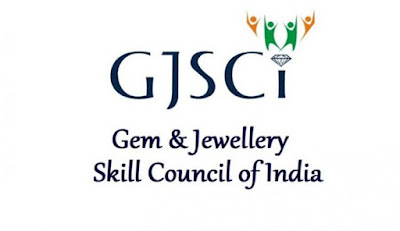Burmese and Sri Lankan sapphires are the cornerstone of Jeffrey Bilgore’s new sapphire collection.
A rare natural treasure, sapphire is praised as the hardest gemstone, after diamond. Admired for its durability, surface luster, and range of color, it has been highlighted in lore throughout history. A symbol of truth, faithfulness, and sincerity, the gemstone is synonymous with royalty and romance. Internationally renowned gem merchant and custom jewelry designer, Jeffrey Bilgore is a known for traveling around the world to the source, hand-selecting the “best of the best.” Rare, exotic gemstones are Bilgore’s specialty, and his new sapphire collection features stones from two of the most desirable sapphire sources, Myanmar and Sri Lanka.
Rich in color saturation, Burmese (Myanmar) sapphires are mined in Mogok, where, albeit rare, some large material has been found, perfect for cutting into statement pieces. There, the gem occurs in a variety of colors, including yellow, violet/purple, and green. Ceylon (Sri Lanka) sapphire at times has banding, and is famous for its often vibrant, medium blue hues. Known for consistently producing high quality stones, Sri Lanka has a high density of gemstone deposits, and is home to the three largest blue sapphires ever found. Each of Bilgore’s sapphires is unheated; such large, high quality sapphires scarcely come to market.
Jeffrey Bilgore says, “Fine sapphires from Burma and Sri Lanka are exceedingly rare. Their beauty is extraordinary. From the deepest blue to cornflower colors and then the entire spectrum of the rainbow, sapphires glow and the color palette is mesmerizing.”
Jeffrey’s sapphire collection has luxurious sapphire selects, as well as loose gemstones, for those looking to create a bespoke piece for a gift, or to treat themselves. His unique jewelry includes a 9.30 Burmese sugarloaf sapphire ring, set with diamonds in platinum, the epitome of a statement cocktail ring. For every day, Bilgore’s orange and purple sapphire earrings add a pop of color blocking to any work outfit. His Y necklaces are available in both cornflower blue and pink sapphire, universally flattering, for a sweep of elegance across the collarbone. Red carpet-worthy, his 12 ct. cushion sapphire necklace is set on a sparkling diamond chain, which interchanges diamond sizes.
For those seeking inspiration, Jeffrey Bilgore offers varied size and color ranges for the highest quality sapphires. From a bright, 30 ct. unheated yellow Sri Lankan beauty, to a royal pair of blues, to anything that falls within the multi-color rainbow. Select a stone, and work with Bilgore to transform it into something designed with heart.
“Creating personal treasures and heirlooms with these gems is a gift. It is hard to call it work!” says Jeffrey Bilgore.
To learn more about Jeffrey Bilgore, and request pricing, visit www.jeffreybilgore.com, or inquire with the designer directly through his contact page. For inquiries regarding this release, contact Olga Gonzalez at info@pietrapr.com or call 212-913-9761.
About Jeffrey Bilgore
Jeffrey Bilgore is an acclaimed gemologist, professional gem buyer, gemstone cutter and jewelry designer. He has spent over twenty years buying for the world’s leading gem houses and retailers, specializing in procurement of the rare and exotic. His jewelry and cut stones have won or placed Honorable Mentions in 8 Spectrum Awards and 11 Cutting Edge Awards, considered amongst the most prestigious accolades in the industry.



